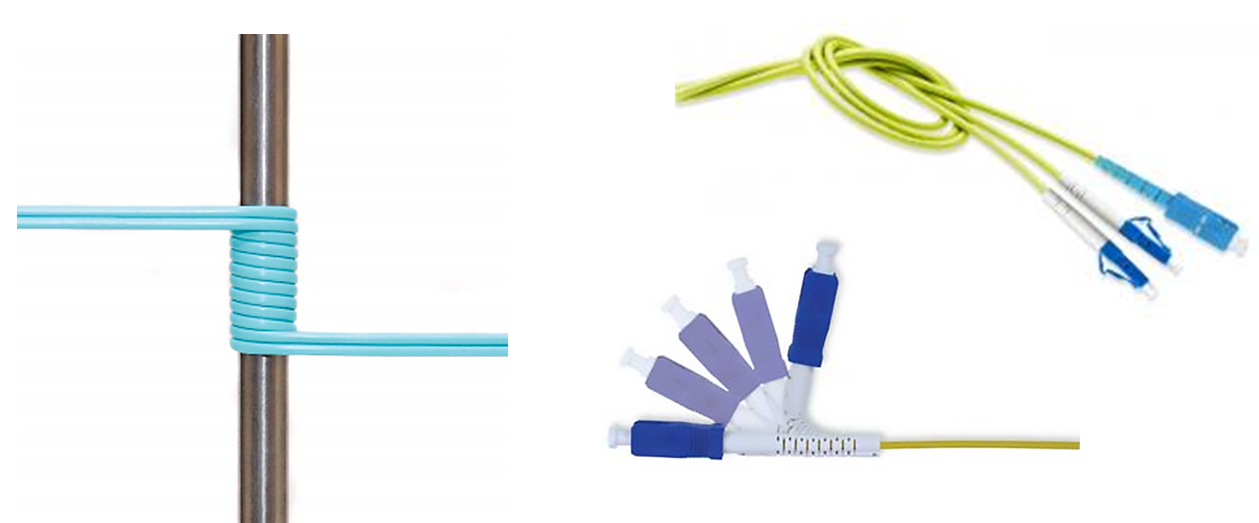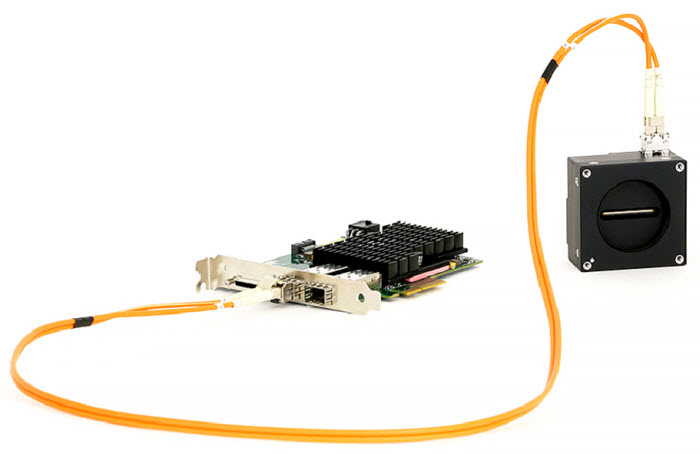The telecom industry has relied on fiber optic cabling for years because of the tremendous bandwidth and distances it allows. With the rise of fiber for home and local area networking, fiber cables and connectors have made huge advances in robustness, flexibility, convenience and affordability. To help resolve questions about fiber optics for machine vision, we present this Fact and Fiction summary.
Telecommunications and internet traffic depend on fiber optics to carry tremendous bandwidth. Capacity depends on the type of fiber, but fiber often carries more than twice the bandwidth of copper.

Telecommunications and internet traffic depend on fiber optics to cross countries and continents--up to thousands of kilometers. Few machine vision applications require that distance, but fiber definitely expands the horizons of inspection systems that have traditionally been limited to cable lengths that max out at several feet. Relevant to machine vision:
The growth of fiber for computer networks and fiber to the home has brought costs down below that of equivalent copper cabling, and made it commercially and easily available from many vendors.
In fact, fiber optic cable can now cost less than copper.
Fiber optic cabling was once fragile, but modern cables are extremely robust and easily withstand the same industrial conditions as copper:

Modern cable systems are readily field-installable and field-modifiable.
 Prototype Linea camera and Xtium frame grabber with fiber optic interface
Prototype Linea camera and Xtium frame grabber with fiber optic interface